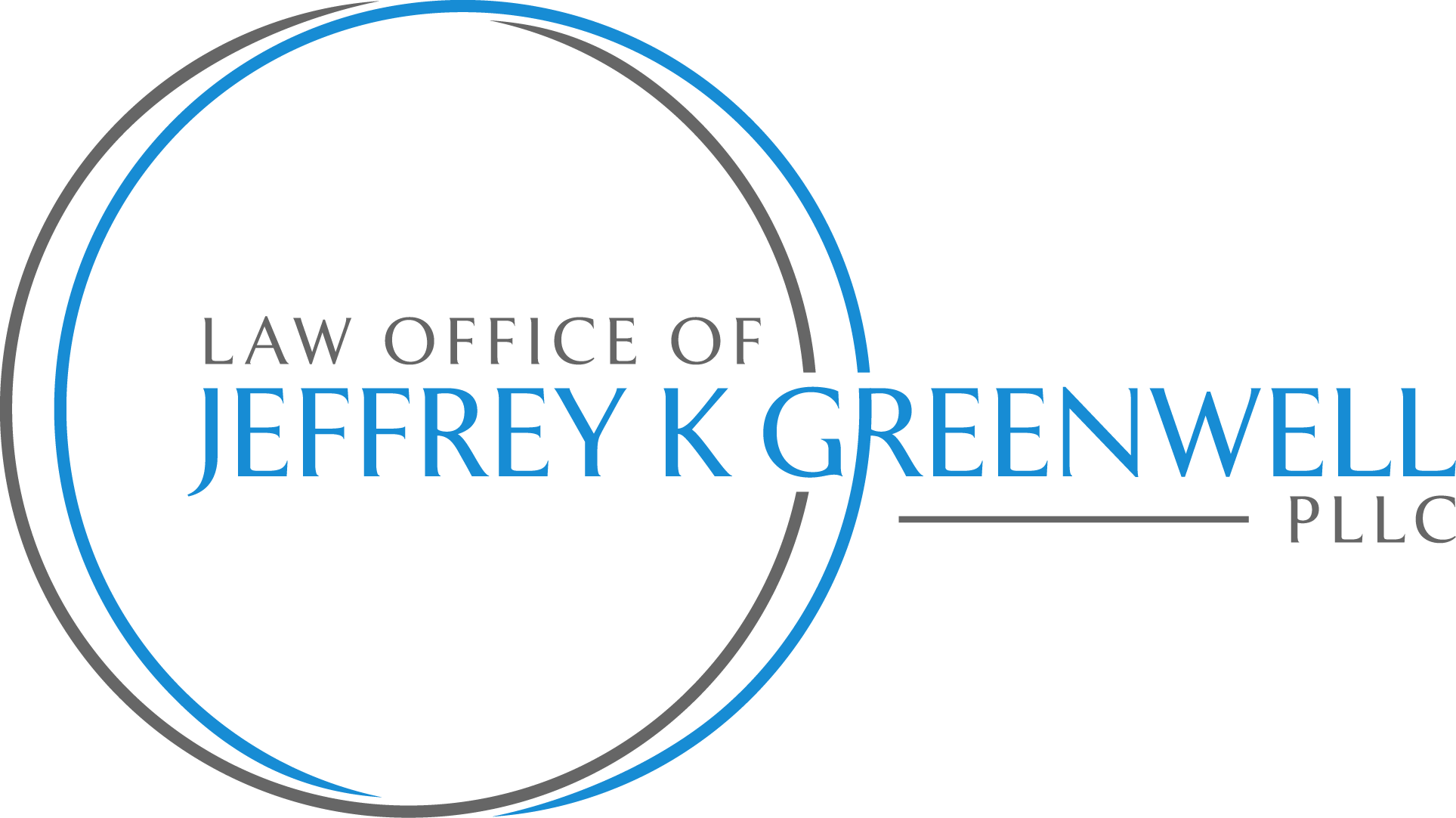You can file a new bankruptcy immediately after finishing another one, but why would you?
The last blog was about how long you have to wait to file a new bankruptcy case if you already filed one in the past. Those timing rules talk about both the earlier case and the subsequent case resulting in the discharge of your debts. As the last blog emphasized, if the earlier case did not result in a discharge, then you can file a second case at any time. The waiting periods do not apply.
Similarly, even after successfully completing one bankruptcy case and getting a discharge of your debts, you could file a second one at any time. You just would not be getting another discharge of your debts.
At first glance, this situation doesn’t seem to make practical sense. Why would somebody need a bankruptcy right after finishing one? And how would that second bankruptcy help if it doesn’t come with a discharge of debts?
Why Would You Ever Even Need a New Bankruptcy?
There are two reasons for a quick second bankruptcy.
First: you could unexpectedly incur one or more significant new debts during your bankruptcy case. Those debts could not be incorporated into that initial bankruptcy case because only debts in existence at the time of its filing can be. And you may need protection from those new debts. Since Chapter 7 cases usually last only about 3 to 4 months while Chapter 13 cases last 3 to 5 years, these interim debts are more likely to arise during the course of a Chapter 13 case. These would usually not be conventional consumer debts, because you would not likely be getting consumer credit while you’re in the middle of a bankruptcy case. Instead the new debts would tend to be unusual kinds like income taxes, perhaps student loans, obligations from a new divorce, and/or a claim against you from a vehicle accident or some other kind of liability.
Second reason for the second bankruptcy: the existence of debts that the earlier case did not write off. A Chapter 7 case could well leave still owing some income tax debt, child support arrearage, and/or student loans, for example. In some circumstances you may need the extended protection of a Chapter 13 case while you either pay or strategically avoid paying those debts, depending on which kind they are.
But What Good Is the Second Bankruptcy Without a Discharge?
Although a discharge of debts would seem to be the primary benefit of bankruptcy, it is by no means the only benefit. Instead, the “automatic stay,” protection from the collection efforts of your creditors, is sometimes benefit enough.
That’s primarily true under Chapter 13. First, the protection often extends for years instead of just the few months that it does under Chapter 7. And second, Chapter 13 provides a mechanism—the court-approved payment plan—to satisfy many of these kinds of new or non-discharged debts while under that protection.
For example, imagine that you owe a large income tax debt, plus some back child support, which were either incurred after the filing of your original bankruptcy case or were not discharged in that case. A new Chapter 13 case would essentially give you up to five years to pay those debts, usually without paying any further interest or penalties on the taxes, all the while being protected from the otherwise very aggressive collection methods of those two kinds of creditors.
But Why Not Just File a Chapter 13 Case and Avoid Filing Two Cases?
That’s a very sensible question, and usually that’s exactly what is done. Chapter 13 is quite flexible, and so a single Chapter 13 filing can usually both take care of all of your debts—the conventional one and the unusual ones like taxes and support—in one package.
But there are a variety of situations in which a single filing would not work. Sometimes you have more debt than is allowed for Chapter 13. So you first need to discharge some of the debt through Chapter 7, thereby enabling you to use Chapter 13 to take care of the taxes and such.
Or you may be contemplating or be in a divorce in which you and your spouse agree to file a Chapter 7 case together to clean up many of your debts, then leaving one of you to file the follow-up Chapter 13 case for the taxes, to cure the arrearage on a home, and any other loose ends.
Or as mentioned above, unexpected new debt could hit you during your first case, making you consider a follow-up case to buy you some continued protection.
This discussion should make very obvious that this kind of strategic planning and execution of not just one bankruptcy but two coordinated ones requires the services of a highly qualified and experienced bankruptcy attorney.
